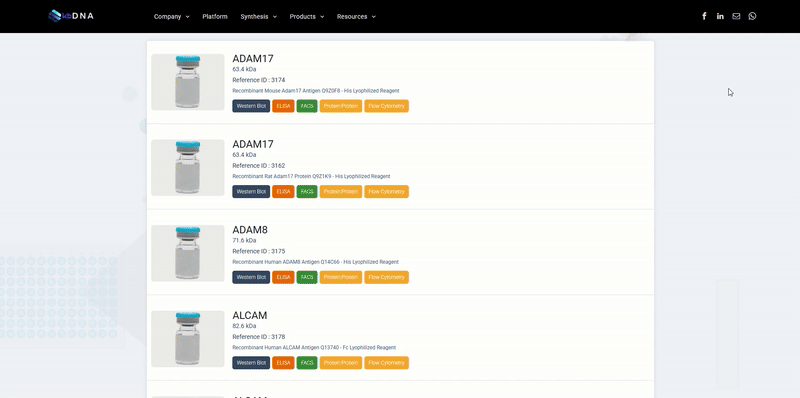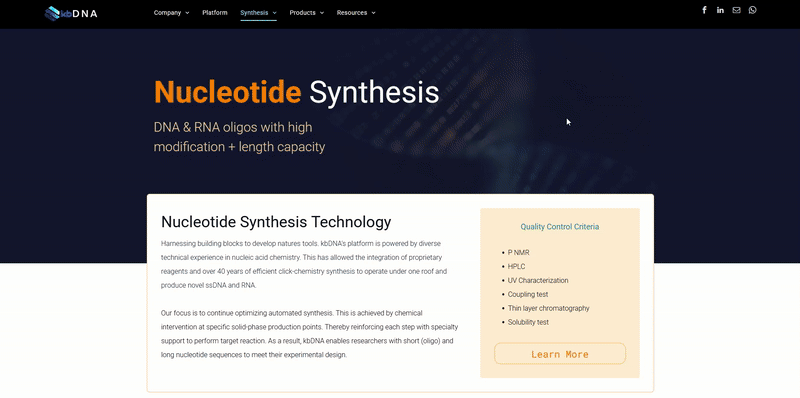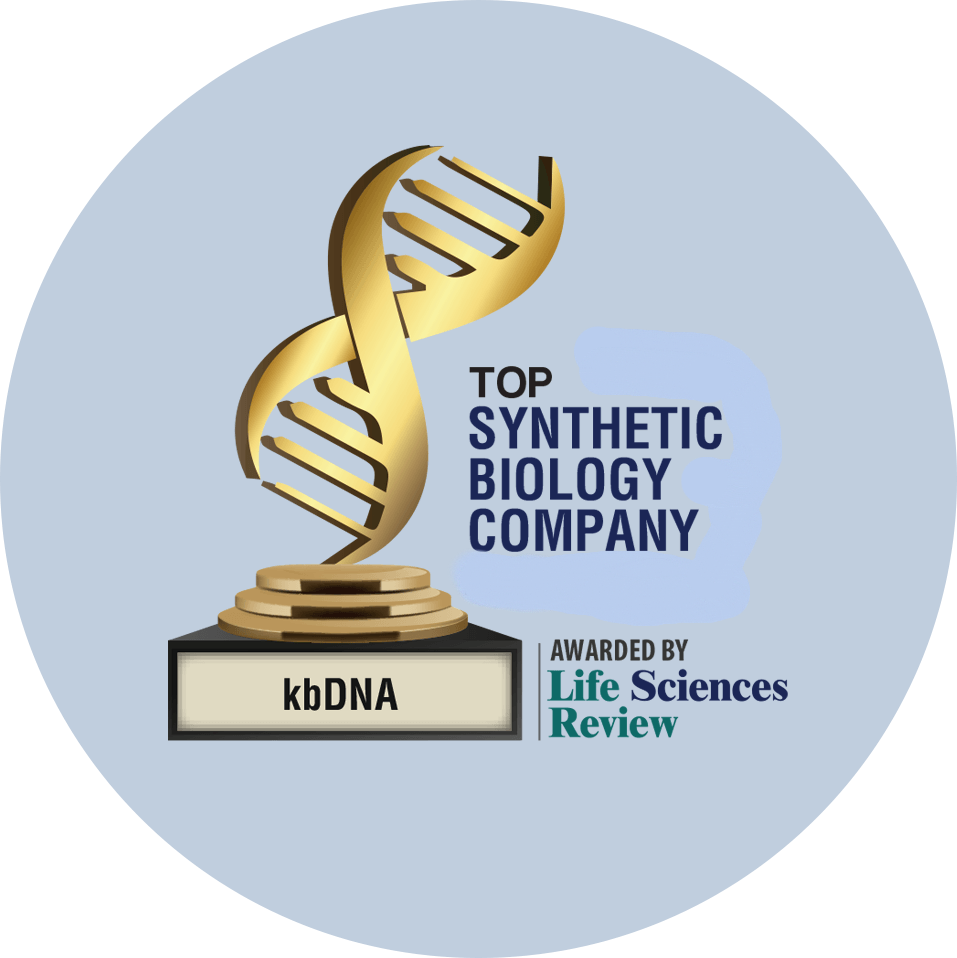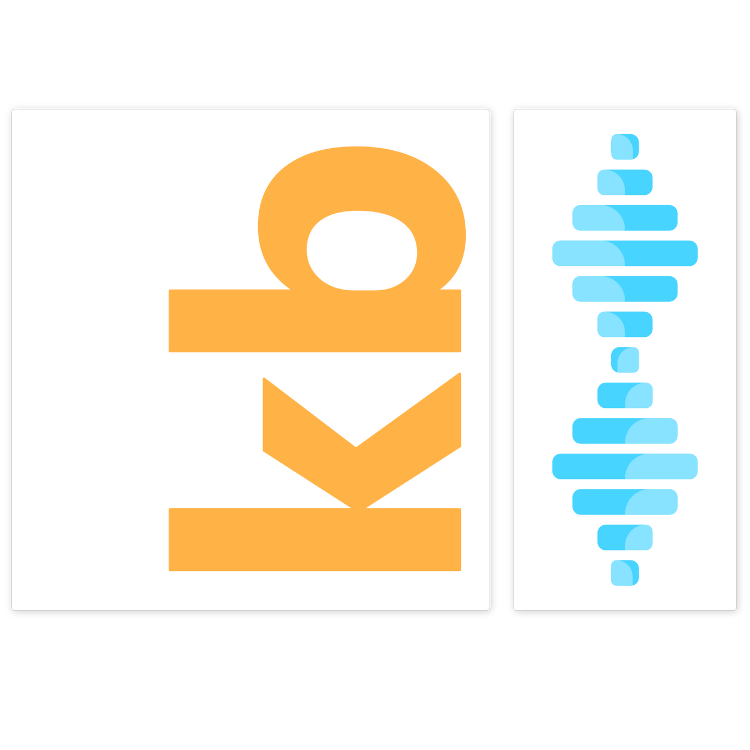Acts as a cofactor for complement factor I, a serine protease which protects autologous cells against complement-mediated injury by cleaving C3b and C4b deposited on host tissue. May be involved in the fusion of the spermatozoa with the oocyte during fertilization. Also acts as a costimulatory factor for T-cells which induces the differentiation of CD4+ into T-regulatory 1 cells. T-regulatory 1 cells suppress immune responses by secreting interleukin-10, and therefore are thought to prevent autoimmunity. {ECO:0000269|PubMed:10843656, ECO:0000269|PubMed:12540904}.; (Microbial infection) A number of viral and bacterial pathogens seem to bind MCP in order to exploit its immune regulation property and directly induce an immunosuppressive phenotype in T-cells.; (Microbial infection) Acts as a receptor for Adenovirus subgroup B2 and Ad3. {ECO:0000269|PubMed:12915534, ECO:0000269|PubMed:14566335, ECO:0000269|PubMed:15047806, ECO:0000269|PubMed:15078926, ECO:0000269|PubMed:15919905, ECO:0000269|PubMed:16254377}.; (Microbial infection) Acts as a receptor for cultured Measles virus. {ECO:0000269|PubMed:10972291}.; (Microbial infection) Acts as a receptor for Herpesvirus 6/HHV-6. {ECO:0000269|PubMed:12663806, ECO:0000269|PubMed:12724329}.; (Microbial infection) May act as a receptor for pathogenic bacteria Neisseria and Streptococcus pyogenes (PubMed:7708671, PubMed:9379894, PubMed:11260136, PubMed:11971006).












